Biden Administration Takes Soft Approach to Hybrids and PHEVs
Revised Emissions Regulations Could Benefit Stellantis, However, It Is An Election Year...
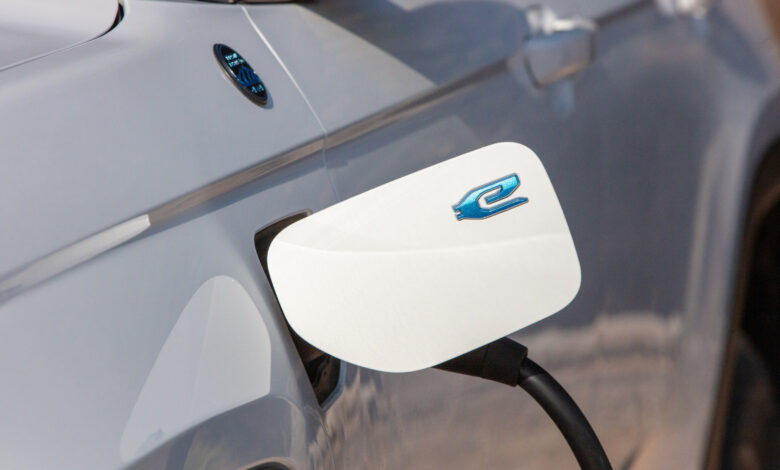
In a recent shift in U.S. auto-emissions policy, President Joe Biden’s administration announced new regulations offering a more lenient approach toward gas-electric and plug-in hybrid (PHEVs) vehicles. This change significantly departs from the administration’s earlier, more aggressive targets for electric vehicle (EV) adoption, reflecting industry pressures and political considerations.
The Rule Change –
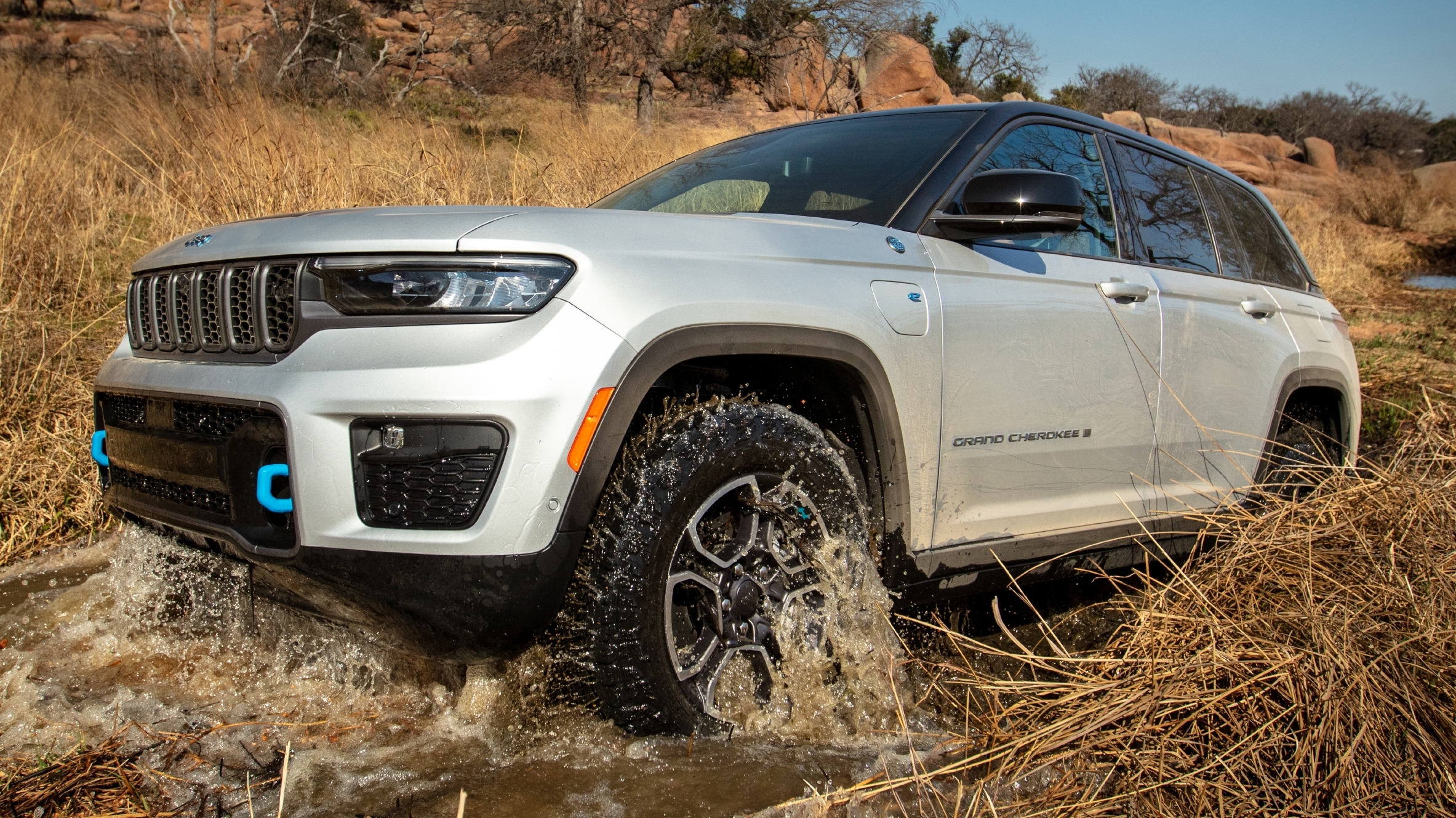
Initially, the Biden administration proposed that two-thirds of new vehicles should be electric by 2032. However, the new rules have relaxed this target, allowing automakers to meet emissions standards through increased production of hybrids and PHEVs. According to Reuters, the average-per-mile carbon emissions for light-duty vehicles will be 14% higher between 2027 and 2032 than initially planned. This is largely due to the delay in implementing stricter emissions limits and the retention of an outdated emissions formula for PHEVs.
Industry Influence –
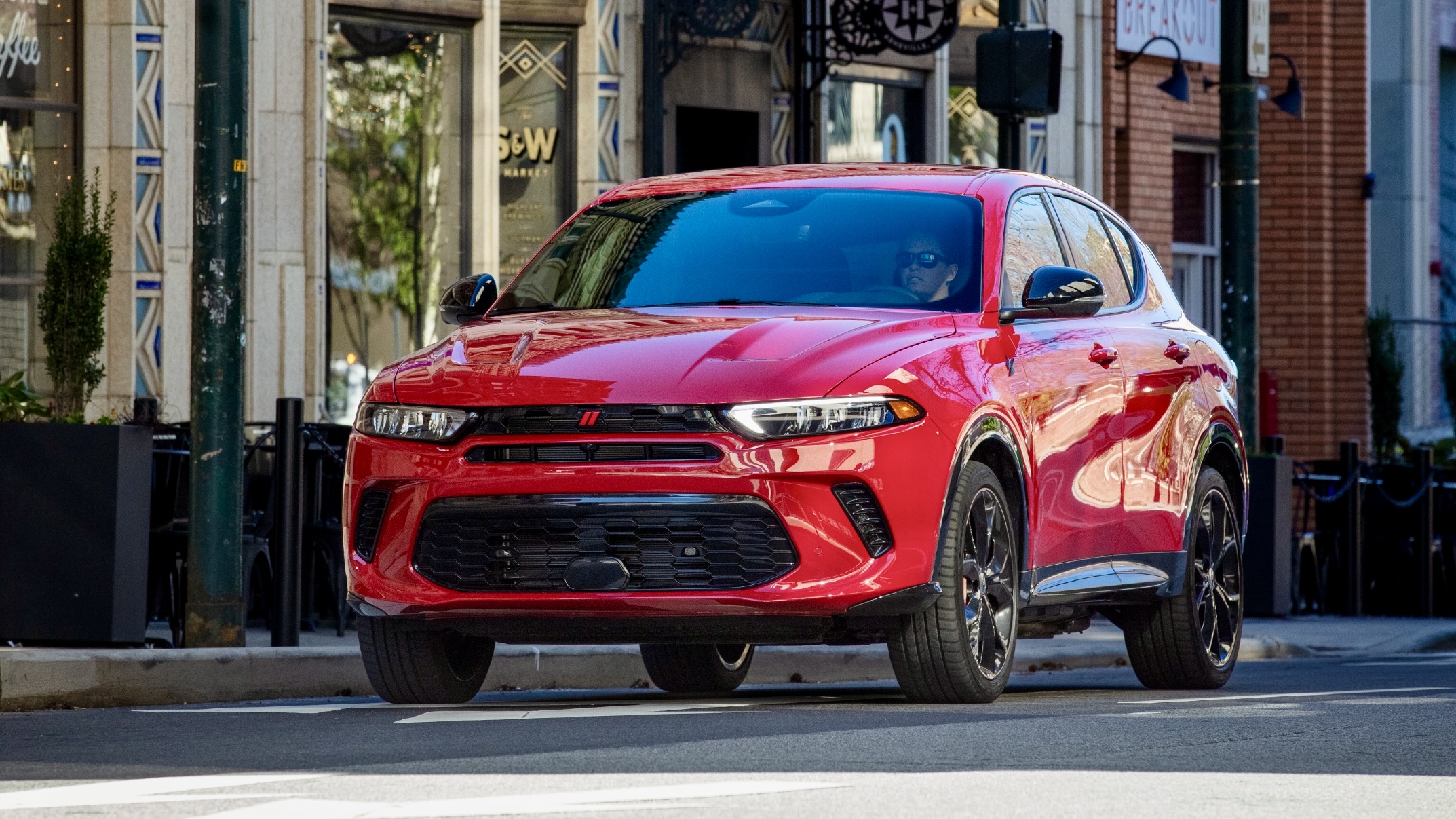
The decision to soften the emissions rules followed significant lobbying from automakers. Many companies argued that a more restrictive formula for calculating emissions from PHEVs would stifle innovation and increase production costs. The EPA acknowledged these concerns, stating that the new rules are designed to be “achievable and affordable” while aiming for substantial pollution reductions.
Impact on Stellantis –

Stellantis, the parent company of Chrysler, Dodge, Jeep®, and Ram, stands to benefit significantly from these relaxed regulations.
The automaker boasts four of the best-selling PHEVs in the U.S., including the Jeep® Wrangler Unlimited 4xe, Jeep Grand Cherokee 4xe, Chrysler Pacifica Hybrid, and Dodge Hornet R/T PHEV. These vehicles offer a blend of traditional gasoline power with the option to drive short distances on electric power alone. However, the EPA’s outdated formula for calculating emissions assumes drivers charge these vehicles more frequently than they typically do, resulting in underestimated real-world pollution.
The 2024 Jeep® Wrangler Unlimited 4xe delivers 375 horsepower and 470 lb.-ft. of torque. Thanks to a 17 kWh battery pack, it has 21 miles of all-electric range. With this, the EPA’s formula gives the Wrangler 4xe a reduction of about 40% in estimated pollution compared to a gasoline-only version.
Political Context –

The timing of these changes is noteworthy, as President Biden gears up for the 2024 election. The auto industry is a critical sector in Michigan, a key battleground state. The softened stance on emissions may be seen as an effort to balance environmental goals with economic and political realities, especially given the industry’s significant role in the state’s economy.
Former President Donald Trump, Biden’s opponent, has criticized EVs as job-killers, adding to the political pressure. The EPA’s revised rules offer a more flexible compliance pathway, potentially helping Biden secure support from environmental advocates and the auto industry.
While the new rules provide substantial pollution reductions compared to the standards they replace, the real challenge will be to implement these stricter standards in the future. History shows that automakers have successfully lobbied to delay or weaken regulations, as seen during the transition from the Obama administration to the Trump administration.
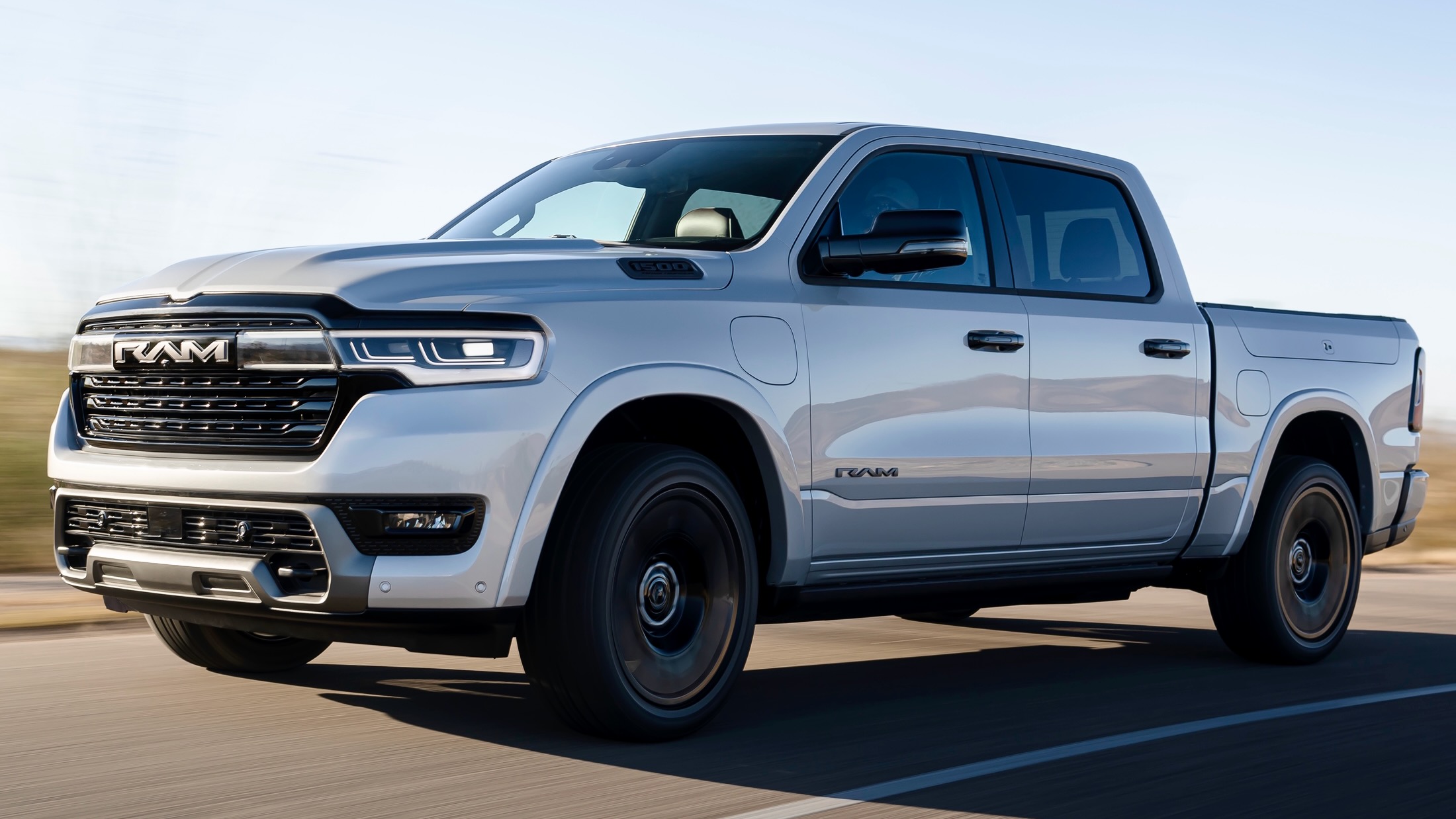
The EPA projects that the final rule will achieve 94% of the carbon-emission reductions predicted in its original proposal when projected through 2055. However, the actual impact will depend on the enforcement and continuity of these regulations across future administrations.
While the revision may result in slower progress toward reducing vehicle emissions, it provides a more feasible path for automakers and reflects the complex interplay of factors influencing policy decisions. It also follows recent surveys, saying more Americans would opt for a hybrid than an EV.
As the automotive landscape continues to evolve, the focus will remain on developing cleaner, more efficient vehicles that meet a broad range of consumer needs.

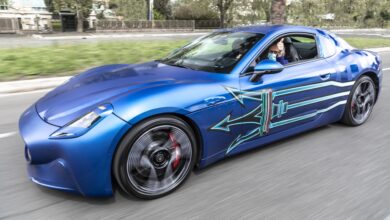

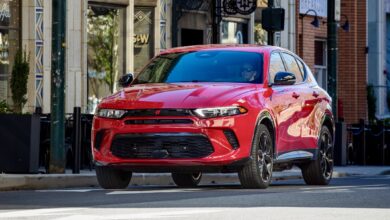
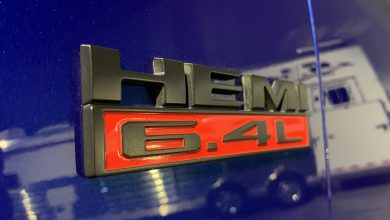
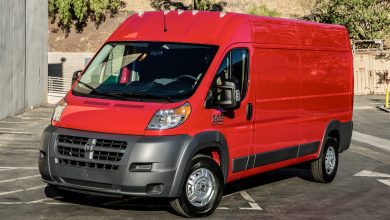
1 reply
Loading new replies...
Join the full discussion at the Mopar Insiders Forum →